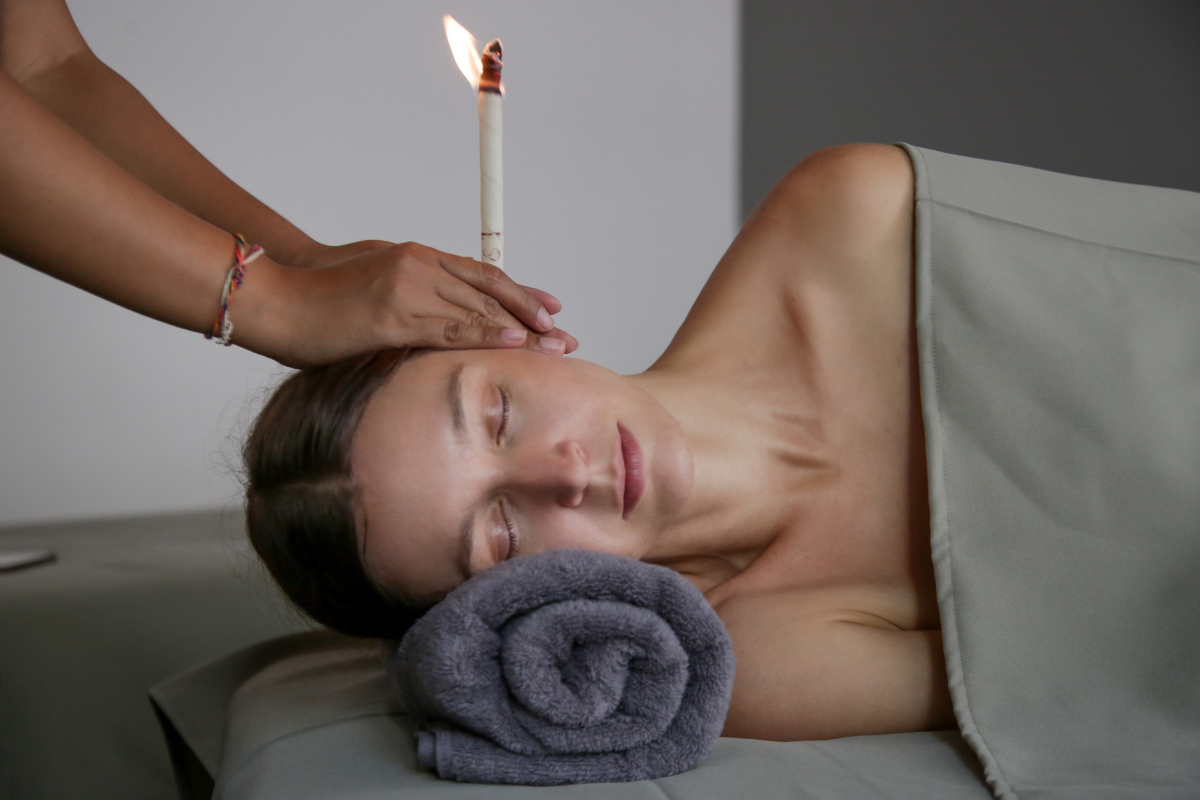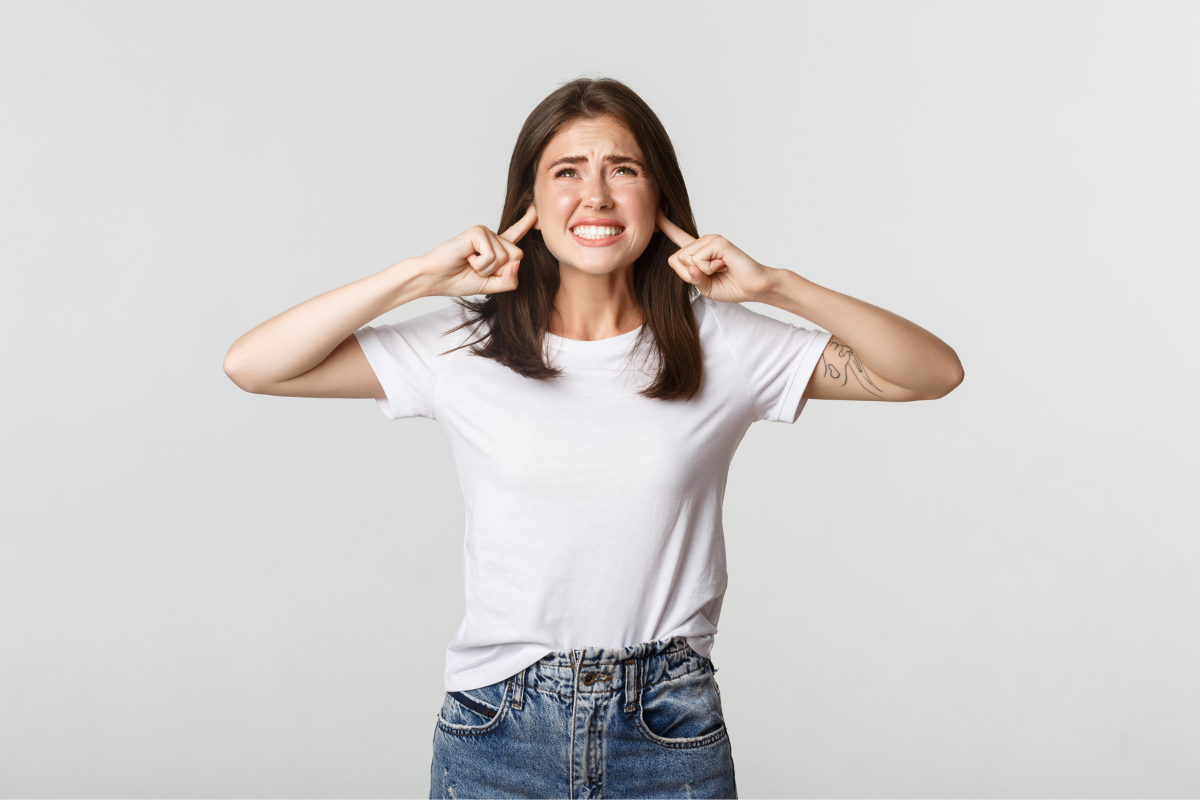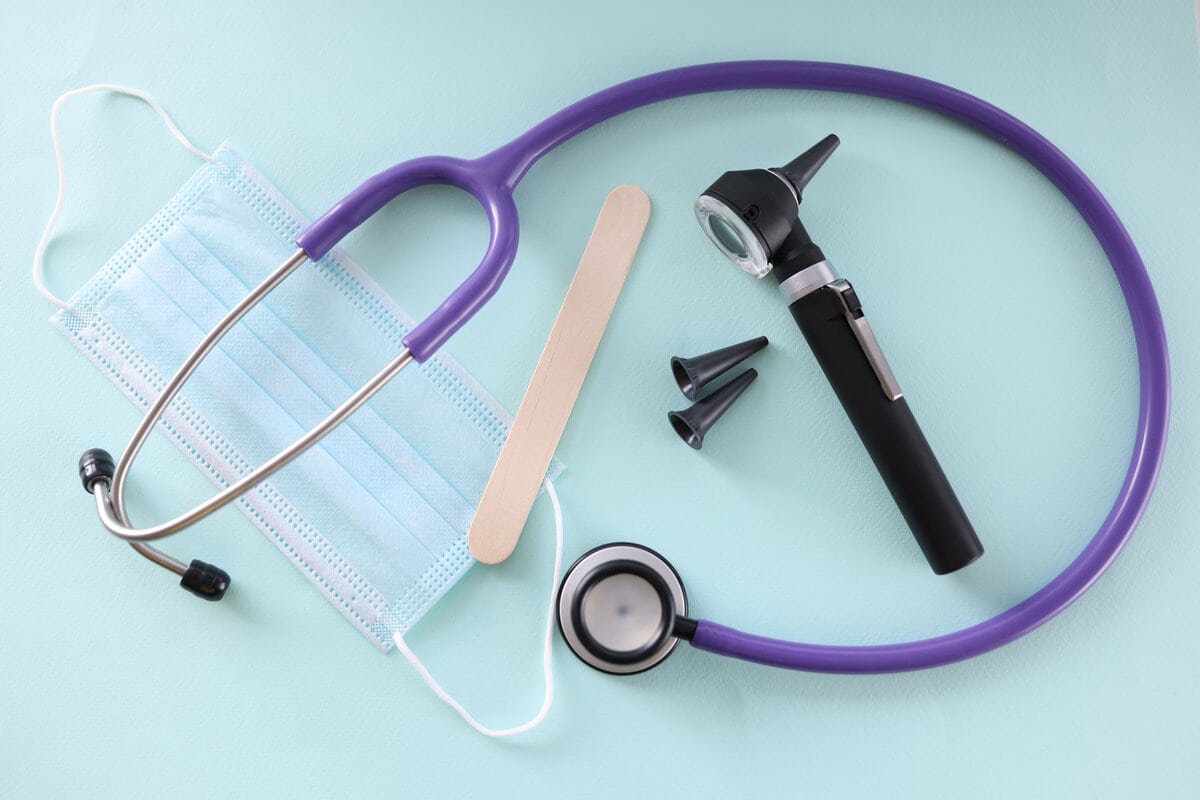Ear Cleaning: 5 ways for earwax removal!

Although the wax in our ears often looks annoying and from an aesthetic point of view a sign of insufficient cleanliness, it is worth emphasizing that it is necessary for the health of our ears!
Table of Contents
Why is earwax produced?
Wax, or earwax, is naturally produced by our body both for lubrication and for the general protection of the ears.
More specifically, with the movements of the jaw, but also of the microscopic hairs present in the area of the ear canal, the wax is given the possibility to move from the inside of the ear canal to the outside and drag along [1][2]:
- hairs
- dirt
- dead skin cells
In fact, if it was absent there would be a sensation of dryness in your ears, while the desire to itch would be strong. In addition, it is clear that it exhibits excellent properties:
- antibacterial
- antifungals
Should we clean our ears?
Based on what we have mentioned, the normal production of earwax is something our body needs. However, there are some cases where its overproduction can block the ear canal, resulting in ear plugging if we do not clean it immediately.
According to the American Academy of Otolaryngology, as long as our ears are functioning properly and our hearing is not affected, we should not clean them. [3]
The general recommendation is to clean our ears from the wax, only when it comes out of the ear canal and not to place objects in the inner ear canal in order to extract it.
Clogged ear symptoms
It is worth emphasizing that very often patients turn to their doctor or pharmacist for blocked ears and difficulty in hearing, with the overproduction of wax being the main cause.
A clogged ear often causes a number of symptoms, such as [4]:
- feeling of fullness
- hearing loss
- buzzing (tinnitus)
- itch
- stench (in overproduction and wax extraction)
and more rarely:
- pain
- vertigo
- cough
How to get earwax out
Although various ways to clean the ears have been mentioned from time to time, we will list the safest and most reliable ones that will help you remove earwax at home.
1. Ear drops
In fact, there are various preparations with hydrogen peroxide in the form of drops on the market, for the removal of the blister. In any case, follow the instructions recommended by the manufacturer for the use of the product. [5]
However, it should be noted that this method involves a small amount of wax. Otherwise, in case of a clogged ear, the peroxide drops could make the problem worse, softening the wax and creating a mixture that would further clog your ear.
2. Cleaning ears with water
The steps for removing the wax with water are as follows [5]:
- Use a syringe (without the needle) and fill it with lukewarm to warm water.
- Then gradually empty the content of the syringe into the inner ear.
- Turn your head sideways over a sink or tub to let the water (and, ideally, the wax) flow out.
3. Cleaning ears with olive oil
Another common method is the following: [6]
- Heat a small amount of olive oil.
- Turn your head to the side and pour 2-3 drops.
- Repeat 2-3 times a day.
Based on newer studies, this method is not recommended to dissolve the wax, but only to make it easier to extract (as the wax softens) by the attending physician.
In general, more research is needed on the use of olive oil to draw safer conclusions.
4. Earwax removal with fire
It is a traditional and impressive method of cleaning ears. For this method, special cones (made of linen or cotton) are impregnated with beeswax, soy or paraffin.
The steps of the method are as follows: [7]
- Lie with the blocked ear up.
- Place a towel over your hair for extra security.
- Then you pierce the cone in an aluminum disc (commercially available with the cones) or aluminum foil for maximum protection.
- Place the thin part of the cone in the ear (a few centimeters, so that it is stabilized).
- Then set fire to the widest part of the cone.
- Once the flame reaches (roughly) the foil/ tray then extinguish the cone in a bowl of water.
How does it work;
Proponents of the method claim that through the fire, a negative pressure is created, and as a result the wax is suctioned and rises towards the cone.
Several scientists believe that it relieves ringing in the ears and is a reliable method of removing water trapped in the ears.
However, expert opinions differ, and more research is needed to confirm the reliability and safety of this method.
5. Microsuction for ear wax removal
Ear wax microsuction is one of the most reliable and safe methods for a doctor to remove earwax. [8]
This is a technique where the otolaryngologist uses special tools and with the help of a small vacuum suctions the excess wax that has blocked the ear canal.
When to see the doctor
Some people suffer from an excessive production of earwax, and for them the symptoms of a blocked ear are something common.
It is a fact that the most efficient and safest way to remove the wax is with the help of an ENT doctor. Therefore, our visit to the doctor for a regular ear cleaning or check-up is almost necessary.
Visit your doctor immediately, in order to diagnose your condition and suggest the most appropriate treatment method, if the symptoms persist and you also notice [9]:
- fever
- fluid leaking from the ear (otorrhea)
- pain that doesn’t go away
- strong, foul odor coming from the ear
In conclusion
The earwax is the “shield” of our ear. However, its oversecretion can cause discomfort. Although there are various ways and home remedies for its removal, a visit to the doctor is most times required for a safe, correct and effective cleaning.
At Vita4you.gr you will find a wide variety of products for ear care!
References:
Disclaimer
The content of this blogspot is not and can not be considered as medical advice, diagnosis or treatment. All information is provided to readers solely for informational purposes. There is no intention to substitute this content for personalized medical advice, diagnosis, prognosis or treatment.








Leave a comment